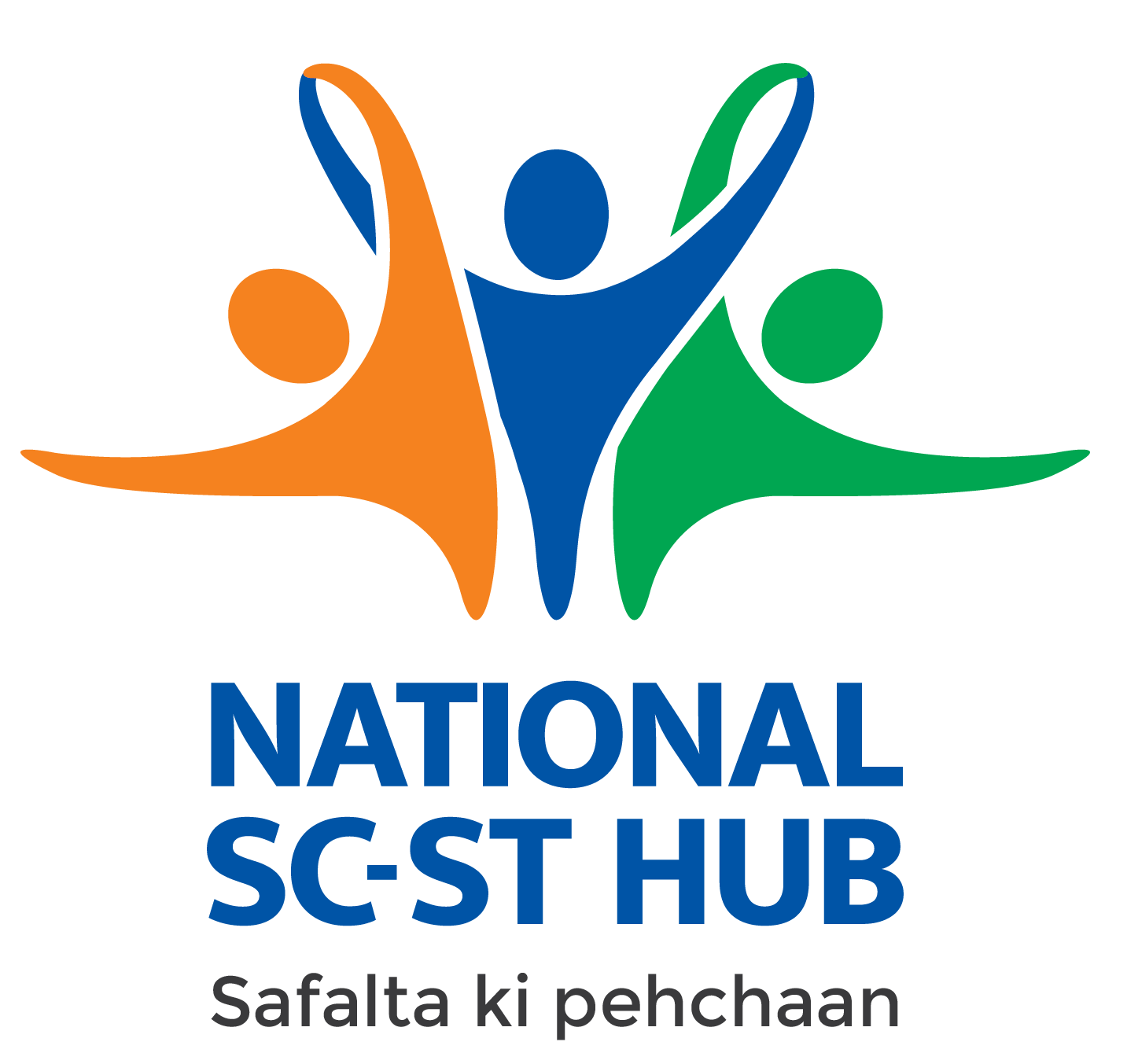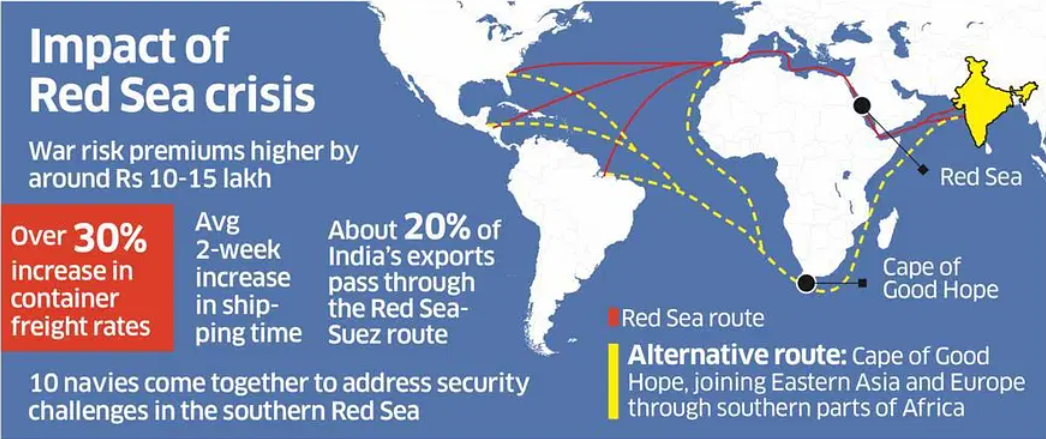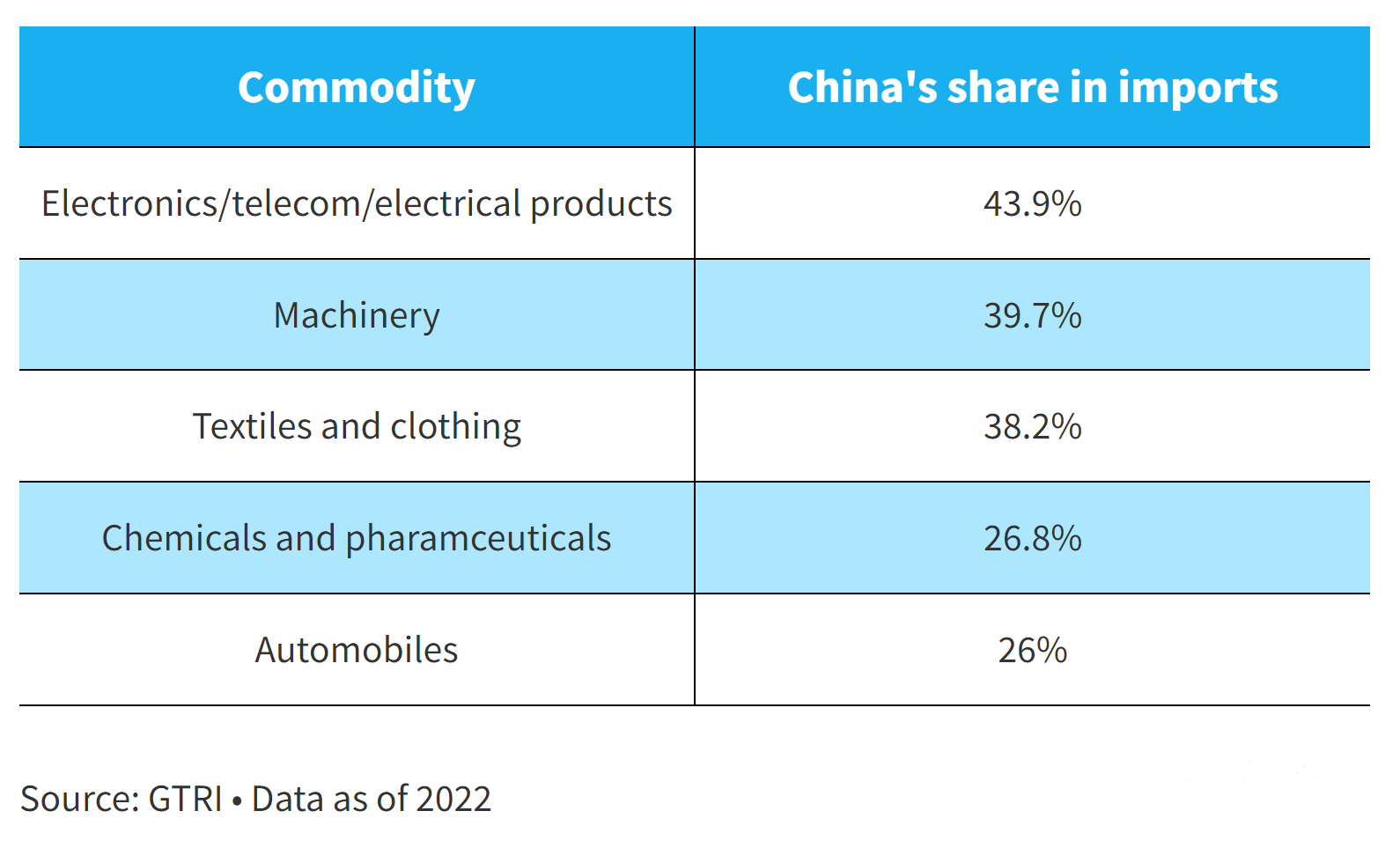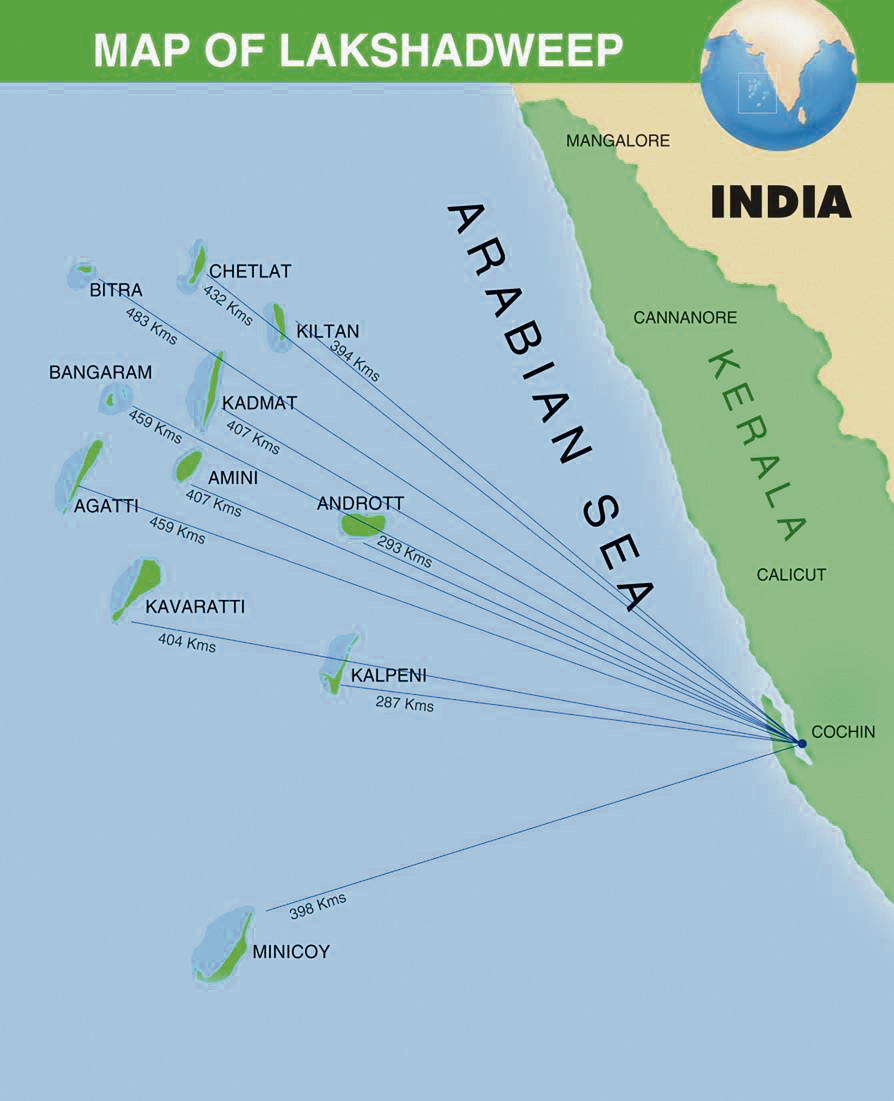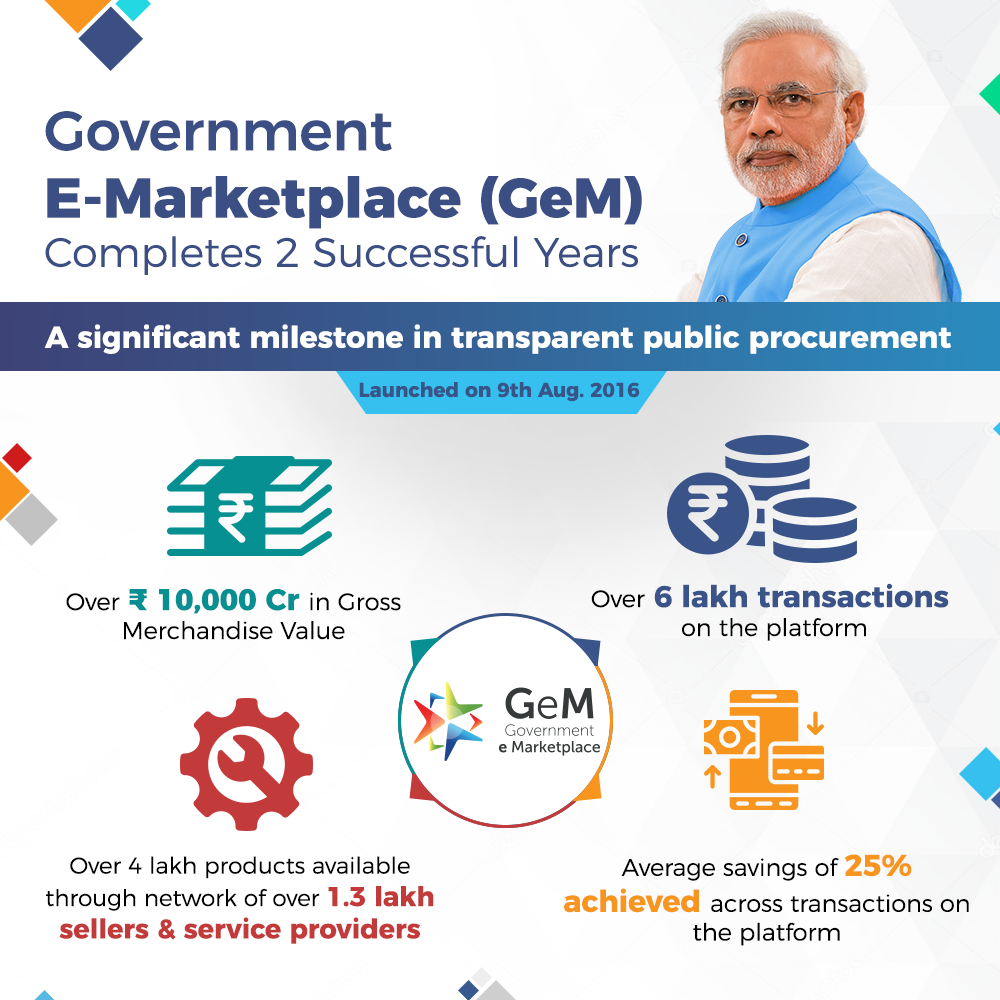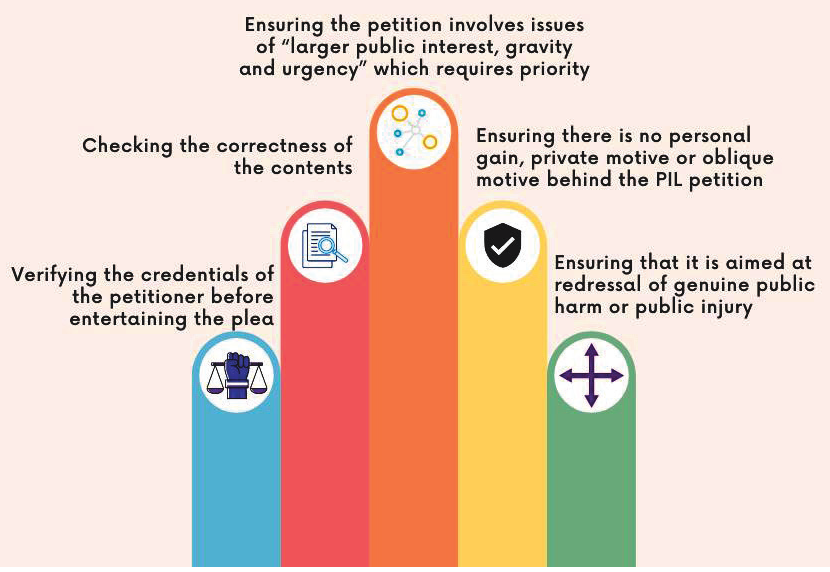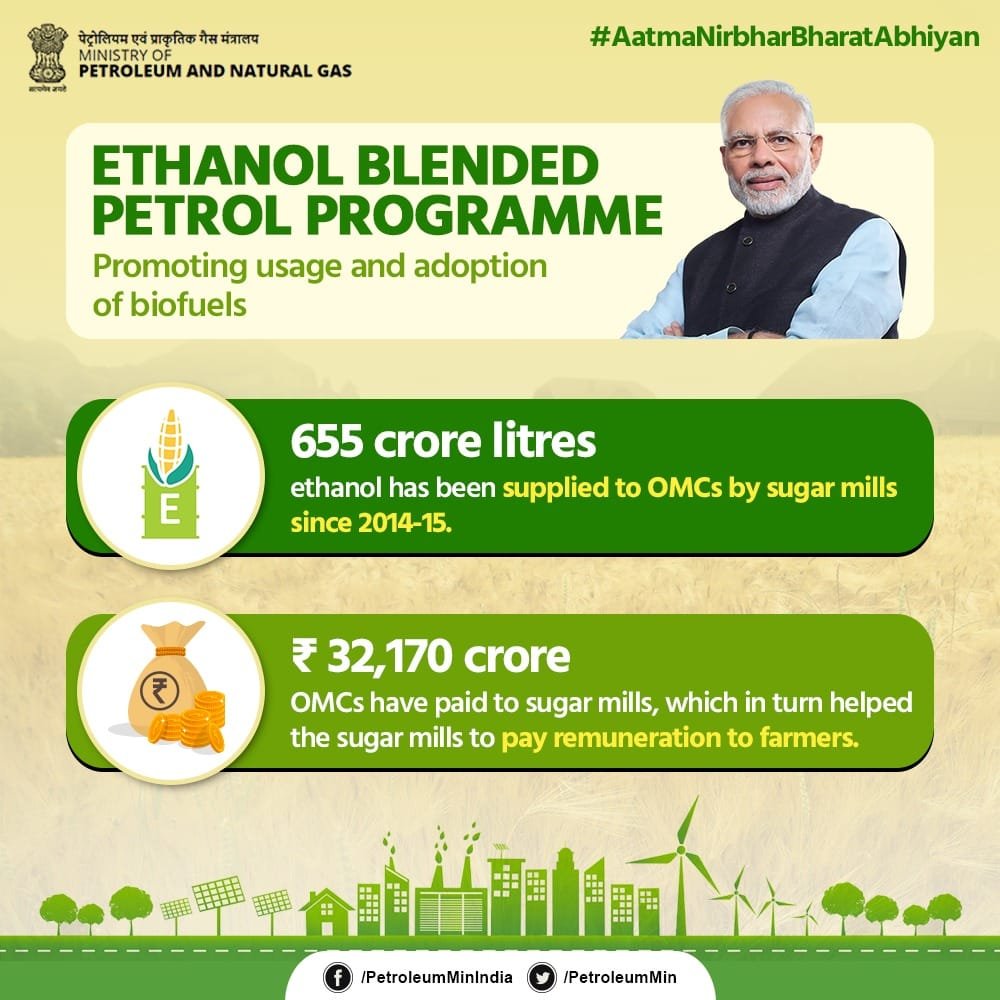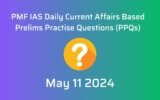
Annual Status of Education Report (ASER) 2023
Subscribers of "Current Affairs" course can Download Daily Current Affairs in PDF/DOC
Subscribe to Never Miss an Important Update! Assured Discounts on New Products!
Must Join PMF IAS Telegram Channel & PMF IAS History Telegram Channel
- Context (TH I IE): The gender gap widens with progressive levels of education owing to more significant barriers to schooling that girls face due to social norms.
- The 2023 survey focused on an older group of 14–18-year-old children.
- The ASER 2023 ‘Beyond Basics’ survey was conducted in 28 districts across 26 states.
About ASER
- ASER is a nationwide citizen-led household survey by NGO Pratham Education Foundation.
- It provides the status of children’s schooling and learning in rural India.
- ASER reports are usually referred to by the government while formulating policies.
- The ‘BASIC’ ASER:
- Collects information about enrollment in pre-school and school in the age group of 3–16 and
- Assesses children aged 5–16 one-on-one to understand their foundational reading and arithmetic abilities.
Objectives
- 2023 survey focused on students’ ability to apply reading and math skills to everyday situations and their aspirations.
- Generating evidence on diverse aspects of youth development in rural India.
- Enabling stakeholders across sectors to use this evidence to inform policy and practice.
- The 2023 survey explored the following domains:
- Activity: What activities are India’s youth currently engaged in?
- Ability: Do they have essential and applied reading and math abilities?
- Digital awareness and skills: Do they have access to smartphones? What do they use smartphones for, and can they do simple tasks on their smartphones?
- Aspirations: What do they aspire to become? Who are their role models?
Key Findings of the Report
Activity
Increased Enrollment
- There has been overall increase in the enrollment of children in government schools.
- Overall, 86.8% of 14-18-year-olds are enrolled in an educational institution.
- The percentage of youth not enrolled is 3.9% for 14-year-old youth and 32.6% for 18-year-olds.
- The decrease in the proportion of girls not enrolled in schools for the age group from 4.1% in 2018 to 2% in 2022 is a significant improvement and a positive development.
Vocational Training
- Youth at the college level are the most likely to be taking vocational training (16.2%).
- Most youths are taking short-duration courses (of 6 months or less).
More students transiting to secondary education
- More children in India have more years of schooling than ever before.
- Pandemic economic distress didn’t lead to older children dropping out.
Ability
Foundational Skills
- 25% of 14-18 age group struggle to read a Std II level text fluently in their regional language.
- Over 50% face difficulties with arithmetic skills expected by Grade 5 students.
- More than half struggle with division (3-digit by 1-digit) problems and only 43.3% of 14-18-year-olds are able to do such problems correctly.
Everyday Calculations
- Nearly 85% of surveyed youth can measure length using a scale when the starting point is 0 cm.
- Overall, close to 50% of youth can do other standard calculations.
Daily Life Applications
- About two-thirds can answer at least 3 out of 4 questions based on reading and understanding written instructions.
Financial Calculations
- Over 60% are able to do the budget management task; about 37% can apply a discount, but only about 10% can calculate repayment.
- However, females perform worse than males on almost all tasks.
Gender Disparity in Reading and Arithmetic Skills
- Males performed better than females in arithmetic and English reading across most of the tasks.
- For example, only 41.1% of females were able to tell the time compared to 51% of males.
- Fewer females (28.1%) are in the Science, Technology, Engineering, and Mathematics stream (STEM) stream as compared to males (36.3%).
Flat Learning Trajectories
- Over time, there hasn’t been significant improvement in the academic progress of students.
Poor Quality Labour Force
- This deficit in foundational numeracy and foundational skill gap significantly impacts the quality of the country’s labour force.
Digital Awareness and Skills
- Digital Access: Close to 90% of all youth have a smartphone in the household and know how to use it.
- Communication and Online Safety: Of all youth who used social media, only about half are familiar with the online safety settings that were included in the survey.
- Digital Tasks: 70% of youth can browse the internet to find the answer to a question, and about two-thirds can set an alarm for a specific time.
- A little over 30% can use Google Maps to find the time taken to travel between two points.
Underutilisation of Digital technology
- Despite the high availability of smartphones in rural households (95%), their use for educational purposes is limited.
- Close to 80% of the youth report having used their smartphone to do an entertainment-related activity, such as watching a movie or listening to music.
- They mainly engage with social media.
Gender Disparity in Digital Skills
- 43.7% of males own smartphones as compared to 19.8% of females.
- Across all phone-related tasks, boys outperformed girls.
- Females are less likely to know how to use a smartphone or computer than males.
Aspirations
Less Technical inclination
- Most of the students in this age group (14-18 years) were enrolled in the Arts/Humanities stream.
- In Std XI or higher, more than half are enrolled in the Arts/Humanities stream (55.7%), followed by STEM (31.7%) and Commerce (9.4%).
Balancing Academics and Family Responsibilities
- Most of the youths face compounded challenges as they need to balance academic requirements with responsibilities, such as working on family farms.
- Around 30% are already working, often for their parents. However, they don’t want to continue the same work in future.
- These responsibilities impact the aspirations of youth.
Acute Academic Competition
- Parents in India often harbor overambitious aspirations for their children.
- These aspirations of parents translate into acute academic competition, widespread coaching, and heavy expenditure by families.
Not Motivated to Study
- A more significant proportion of boys than girls reported not wanting to study after class 12.
- Girls wished to study at least the undergraduate level, while boys talked about earning money.
The Dearth of Clarity
- There is a lack of clear guidance for students when it comes to making decisions about their future.
- Many students are unsure about what to study, how much more education they need, and what kinds of jobs they should be aiming for.
No Role Model
- 42.5% of males and 48.3% of females did not have a role model for their aspired work.
Key Concerns Highlighted in the Report
Inadequate Teacher-student ratio and Teacher’s Training
- Almost 8% of India’s schools have only one teacher (2023 data).
- Teachers lack training in modern pedagogical methods and struggle to employ interactive and engaging teaching techniques.
Insufficient Learning Resources
- Limited access to textbooks and learning materials hinders students’ ability to practice and reinforce foundational skills.
- The Lack of reading materials also affects students’ language development.
Socio-economic Disparities
- Students from lower-income families face challenges such as inadequate infrastructure, lack of educational support at home and limited access to extracurricular activities.
Language Barriers
- Students studying in non-native language face challenges in understanding and expressing themselves.
- E.g. Students from tribal regions face English reading barriers.
Outdated Curriculum
- The School Curriculum doesn’t incorporate digital literacy and thus students remain unprepared be a part of the modern workforce.
Assessment Practices
- Assessments focussing on memorization rather than critical thinking, has led to students prioritising rote learning over understanding foundational concepts.
Recommendations of ASER 2023
- Devolution of central and state grants to local bodies: The Central and State grants should be disaggregated to Local Bodies, ensuring direct transfer of untied funds to schools.
- Development of Public libraries– Public libraries should be developed to address the scarcity of learning resources.
- E.g. The Karnataka government has done commendable work on strengthening its public libraries.
Community management of schools
- Schools must be community-managed, and the State government should primarily act as the financing agent.
- The private sector should be encouraged to adopt schools to improve their quality.
- E.g. The Mid-Day Meal responsibility should be handed over to the village-level self-help group (SHG) of women.
Regular school-level interactions with parents
- Teachers must build a relationship with every household to ensure children’s care and learning.
- Parental involvement can greatly improve learning outcomes.
- E.g. The Nipun Bharat Mission to ensure oral and written literacy and numeracy should become a people’s movement like the Total Literacy Campaign.
Ease Out Early Childhood Struggles
- Financial Aid and Grants: Provide financial aid to economically disadvantaged students as many of these students need to earn and support their families financially during this age group.
- Shifting the Social Norms: Among girls, shifting social norms with regard to the appropriate age of marriage emerged as a key driver of young women’s ability to study further.
Prepare Future Ready Students
- Focus on Developing Critical Thinking: Reducing curriculum in each subject to its core essentials, and enable critical thinking and more inquiry, discovery, discussion and analysis-based learning.
- Future Oriented School Systems: Our school system needs to be more future-oriented which can guide the kids into paths that may benefit them and place them in secure position.
- Digital Mentorship Programs: Implementing mentorship programs to connect students with professionals in their fields of interest, helping them to make informed decisions about their future.
Comprehensive Strategy for Learning Improvement
- Reform Assessments: NEP 2020 speaks of the goal of 100% secondary school enrolment, to be achieved through “careful tracking of students’ enrolment, attendance, and learning levels.
- Examination pressure can be reduced by reforming how and when assessments can happen.
- A close tracking of outcomes will be key to improvements and eventual success.
- Pathway Linking: Linking secondary school reform concepts with NIPUN will be crucial in transforming school reform ideas into practical measures.
Flexible Education System
- Embracing flexibility often involves leveraging technology to facilitate remote learning, online resources, and interactive platforms, enhancing the overall educational experience.
- Leveraging smartphones to improve learning outcomes: Smartphones can be used to deliver online modules to students to supplement classroom teaching.
- For ex- Interactive online tests should be designed in the form of games for the students.
- Innovative learning methods: Indoor and outdoor sports, cultural activities, play-way learning items, video films, and sound boxes must be used to supplant learning.





![PMF IAS Environment for UPSC 2022-23 [paperback] PMF IAS [Nov 30, 2021]…](https://pmfias.b-cdn.net/wp-content/uploads/2024/04/pmfiasenvironmentforupsc2022-23paperbackpmfiasnov302021.jpg)

